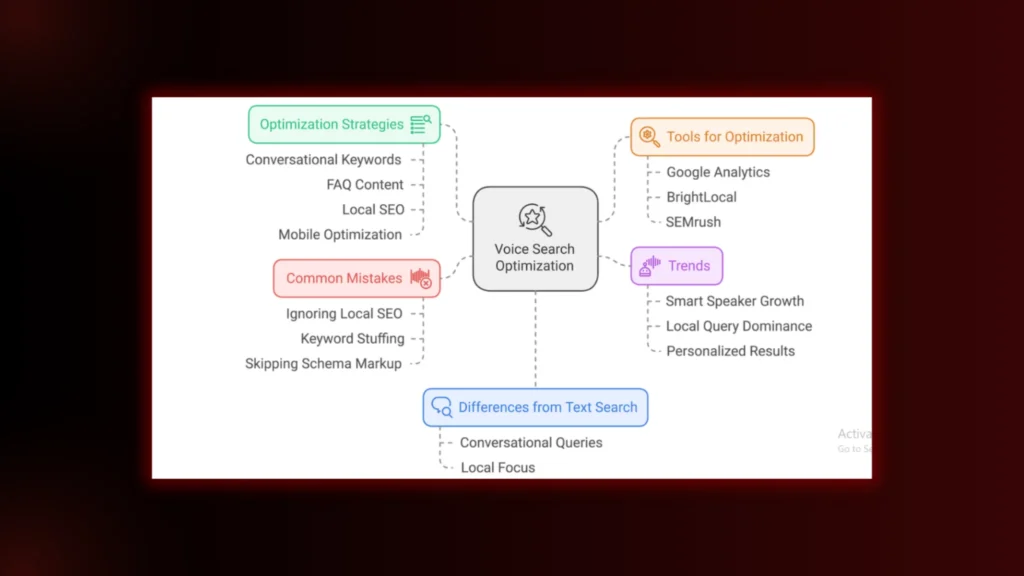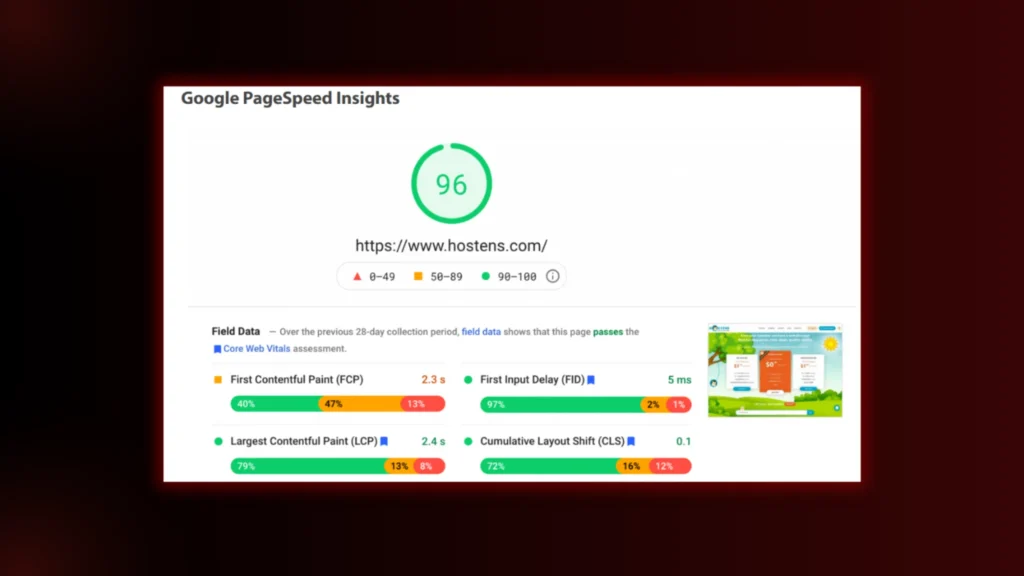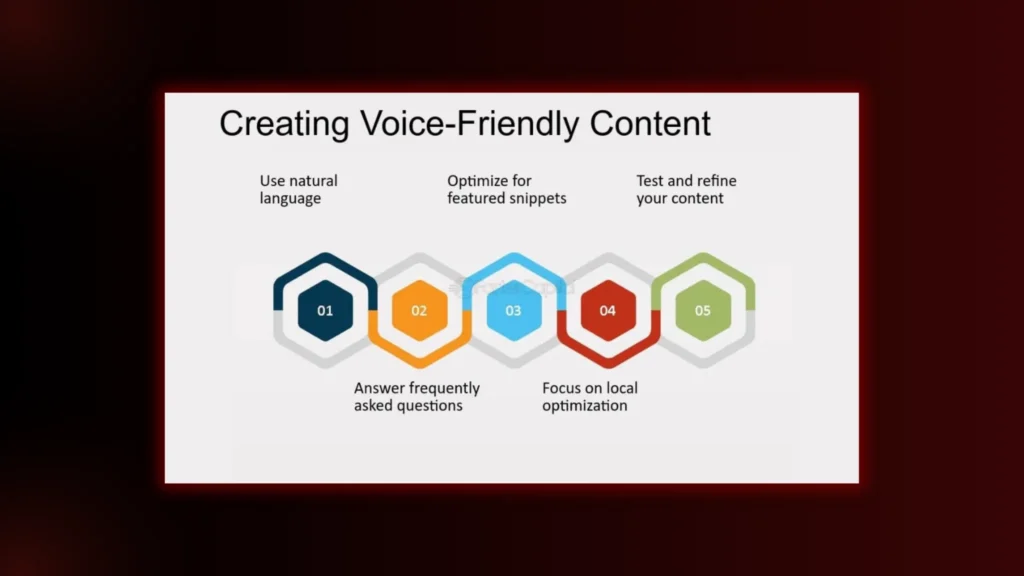Imagine this: it’s late at night, and someone grabs their phone and asks, “Hey Siri, where can I find the best coffee shop near me?” Or, “Alexa, what’s the best software for small business invoicing?” Voice search is exploding, and here’s the catch—if your business’s SEO for voice search optimization is not up to the mark, you’re leaving money on the table.
As an entrepreneur or founder, you’ve probably invested time and money into your website’s SEO, right? But here’s the thing: traditional SEO rules don’t always apply to voice search. Voice queries are longer, more conversational, and usually action-driven. If your site isn’t prepared to meet those unique demands, you’ll miss out on capturing your audience at the very moment they’re ready to engage—or buy.
In this blog, we’ll break down 6 practical strategies to better your SEO for voice search optimization. Whether you’re a founder bootstrapping your business or a seasoned entrepreneur scaling your company, these tips will help you stand out in a world where “Okay Google” is the new normal.
Let’s start improvising your SEO for voice search optimization
Top 6 ways to better Your SEO for Voice Search Optimization
1. Prioritize Natural Language Keywords
Voice search queries are conversational and mimic human speech patterns. Users often frame their queries as full sentences or questions rather than fragmented keywords.
Examples of Traditional vs. Voice Search Queries:

How to Optimize for Natural Language Keywords:
- Use Long-Tail Keywords: Focus on longer, conversational phrases like “how to bake a gluten-free pizza at home.”
- Research Question-Based Keywords: Use tools like AnswerThePublic, Google’s People Also Ask, or SEMRush to identify common questions users ask.
- Integrate FAQs: Add a Frequently Asked Questions (FAQ) section to your site. For instance:
- Question: “How do I fix a leaking faucet?”
- Answer: Provide a step-by-step guide in simple, conversational language.
2. Focus on Local SEO
Voice search is frequently used for local inquiries, such as finding nearby businesses or services.

Common Local Voice Search Queries:
- “Which coffee shop is open now?”
- “Where is the nearest gas station?”
How to Optimize for Local SEO:
- Update Your Google Business Profile (GBP): Ensure your business name, address, phone number, and hours of operation are accurate. Include photos and respond to reviews to boost engagement.
- Leverage Local Keywords: Use phrases like “best Italian restaurant in San Francisco.”
- Encourage Reviews: Reviews build trust and influence voice search results. For example:
- Ask satisfied customers to leave reviews on Google or Yelp.
Learn more: What is local SEO
3. Optimize for Mobile Usability

Most voice searches occur on mobile devices, so ensuring your website is mobile-friendly is vital.
Key Mobile Optimization Strategies:
- Responsive Design: Ensure your website looks great and functions well on all screen sizes.
- Improve Navigation: Use clear menus, clickable buttons, and logical layouts.
- Increase Speed: Tools like Google PageSpeed Insights can help you identify performance issues.
Example of Mobile-Friendly Design: A site with large, easy-to-click buttons and a fast-loading homepage performs better than one with cluttered, text-heavy designs.
4. Enhance Page Load Speed

Voice search users expect quick answers. A slow-loading site can lead to high bounce rates and lower rankings.
Strategies for Speed Optimization:
- Compress Images: Use tools like TinyPNG or ImageOptim to reduce file sizes.
- Minimize Code: Remove unnecessary CSS, JavaScript, and plugins.
- Enable Caching: This reduces load times for returning users.
- Upgrade Hosting Plans: If your site experiences heavy traffic, consider premium hosting for faster server response.
Learn more about how to improve your site’s speed in 2025
5. Use Structured Data Markup
Structured data, or schema markup, provides search engines with additional context about your content. This is especially useful for voice search because it improves your chances of being featured in rich results or snippets.
Types of Schema Markup to Use:
- FAQ Schema: Answer common questions directly.
- How-To Schema: Break down instructions into easy-to-follow steps.
- Event Schema: Highlight details like dates, times, and locations for local events.
Example Schema for an FAQ:

6. Create Voice Search-Friendly Content

Voice search users want direct, concise answers. Tailor your content to be easily consumable by voice assistants.
Tips for Crafting Voice-Optimized Content:
- Write in a Conversational Tone: Use language that feels natural when spoken aloud. Example: Instead of “Optimal hydration tips,” use “How to stay hydrated throughout the day.”
- Answer Questions Clearly: Provide the answer in the first 30 words of your content. For example:
- Question: “What’s the capital of France?”
- Answer: “The capital of France is Paris.”
- Format for Readability: Use subheadings, bullet points, and short paragraphs.
Example of a Voice-Search Friendly Snippet:
- Query: “How do you make iced coffee?”
- Response: “To make iced coffee, brew a strong coffee, let it cool, pour it over ice, and add milk or sweetener to taste.”
Bonus Tip: Monitor and Adjust Your Performance
Voice search optimisation isn’t static. Regularly assess your efforts to ensure you’re meeting user needs and adapting to changes in technology.
Tools to Monitor Performance:
- Google Search Console: Track voice-related queries and click-through rates.
- Google Analytics: Evaluate user behaviour, including bounce rates and session durations.
- Local SEO Tools: Platforms like BrightLocal can help you track local search metrics.
Check out this blog beginner’s guide to SEO 2025
Final Thoughts
SEO for voice search optimization is now more than just a factor contributing towards your business’ success. All the aforementioned tactics, if applied correctly can lead your business to rank higher. If you are confused or want a professional and experienced team to assist you with better SEO for voice search optimization, BrandClickX can be your best buddy in this journey!
Contact us today to discuss more!
FAQs
What is SEO for voice search optimization?
SEO for voice search optimization refers to the process of optimizing your website content, structure, and metadata to improve its visibility and ranking in voice search results. It involves tailoring your content to match natural language queries and providing concise, relevant answers to frequently asked questions that users might ask their voice assistants like Siri, Alexa, or Google Assistant.
Why is SEO for voice search optimization important?
Voice search is becoming increasingly popular as users prefer hands-free and conversational ways to find information. Optimizing for voice search helps businesses reach a wider audience, enhance user experience, and stay competitive in search engine rankings.
How can I optimize my website for voice search?
There are several things you can do to optimize your website for voice search, including:
- Use natural language. When writing your content, use natural language that people would use when speaking.
- Use long-tail keywords. Long-tail keywords are more specific than general keywords, and they are more likely to be used in voice searches.
- Use schema markup. Schema markup helps search engines understand the content of your website, which can improve your chances of appearing in voice search results.
- Make sure your website is mobile-friendly. More and more people are using voice search on their mobile devices, so it’s important to make sure your website is mobile-friendly.



